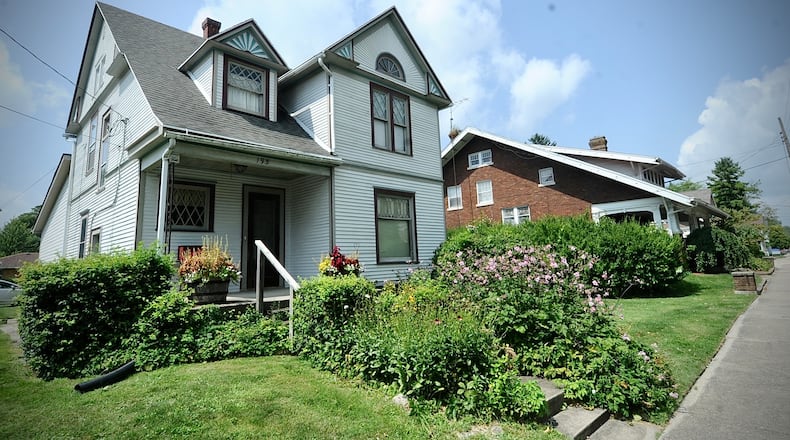Double-digit increases in property value is not unusual, said Greene County Auditor David Graham, but with the vast majority of Greene County taxpayers facing value increases between 25% and 30%, “you’re talking about things we’ve never seen before,” he said.
The smallest increases, out of Jefferson Twp. and Bowersville, sit at 21%.
Letters informing Greene County property owners of their new value are expected to be mailed out in the first week of September, Graham said. The auditor’s website also will have a tool with which residents can submit information about their property, or request a meeting with an appraiser.
A 35% increase in property value does not mean a 35% increase in property taxes. Because of how property taxes are calculated, the actual impact on property owners will vary, with Graham estimating increases between 5% and 15%, based on the taxing district people live in and their personal circumstances.
The property value increases are because of the red-hot housing market, which soared just before this year’s update of property values. By Ohio law, property in all counties is reappraised in cycles every six years, with property values updated every third year based on recent sales. This year, Greene, Montgomery, and Butler Counties are all due for a reappraisal locally.
The Ohio Department of Taxation is recommending an average countywide property value increase of 37% for Montgomery County and 34% in Greene County in this year’s triennial revaluation.
Among Greene County school districts, the largest projected increase in property value are homes in the Fairborn City Schools district at 35%, according to the Auditor’s office. The lowest among school districts are various small portions of Greene County that share school districts with Montgomery County, including Huber Heights City Schools at 10%.
Property taxes are collected in mills. A mill is equal to one dollar for every thousand dollars in taxable property values. Homes are taxed at 35% of their taxable value, so 1 mill levied against a $100,000 house would collect about $35, according to Graham. Most homeowners also get tax exemptions of about 12.5% on many — but not all — levies.
Schools are particularly significant in the impact on Greene County property taxes because of the so-called “20-mill floor.” Ohio law says that effective millage for certain school levies can’t fall below 20 mills. Once they hit that 20-mill floor, the amount you pay starts to increase as the value of your home goes up. The floor only applies to operating levies, and doesn’t apply to emergency levies, substitute levies or levies that improve district facilities and infrastructure.
In Greene County, all school districts except Bellbrook-Sugarcreek Local School District are at the 20-mill floor, and as such are likely to see a bigger spike in their property taxes.
The 20-mill floor was first instated in the 1970s in order to ensure public schools have enough funding to operate, according to the Ohio Department of Taxation. Additionally, districts wouldn’t have to routinely go back to the voters to ask for more money, Graham said.
For example, Fairborn City Schools is at the 20-mill floor. The last time Fairborn successfully passed an operating levy was in 2007 (voters rejected an operating levy in 2013), according to district financial documents. Bellbrook-Sugarcreek Schools are not at the 20-mill floor, and their most recent operating levy was approved by voters in a contentious election in 2019.
Nonetheless, a spike in one’s property tax bill can be a sour thing, and potentially puts strain on senior and low-income property owners. Several solutions have been proposed at the state level to blunt the effects of the increases statewide.
The state legislature has proposed changing the appraisal process to include property values over a three-year period. Though the Ohio Association of County Auditors formally opposed this, some auditors believe it to be a way to “lessen the blow” on Ohio taxpayers, Graham said.
Another potential solution would be to cap the revenue generated by the 20-mill floor.
“We don’t want to necessarily go back to where our school districts are constantly having to go back to the voters for new levies. But we can’t have them increasing their revenue 20% in one year either,” Graham said. “There has to be a happy medium. The question is how do we strike that happy medium in a fair and equitable way?”
About the Author


